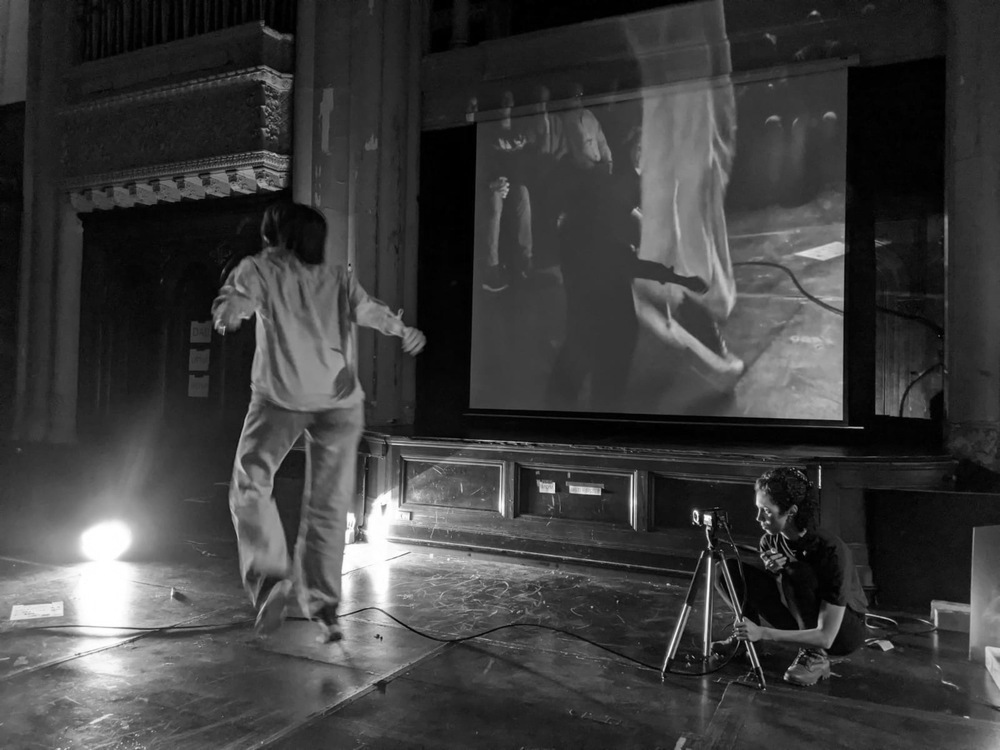
LITTLE SISTER
first performed on February 15, 2020
The Center at West Park
performed once in 2020
MEREDITH GLISSON
Lilach Orenstein
Brooklyn, NY
489775516m489775516e489775516r489775516e489775516g489775516l489775516i489775516s489775516s489775516o489775516n489775516@489775516g489775516m489775516a489775516i489775516l489775516.489775516c489775516o489775516m
www.meredithglisson.com
LITTLE SISTER
MEREDITH GLISSON
This performance is about storytelling through the female perspective, the often-quiet observer. When I was a child, I found myself silently internalizing the interactions of my family. Afraid to speak my observations and opinions because of my position as the youngest in the household, these feelings sustained within me. I now understand that these encounters built the strategies I use to cope and deal with difficult situations. This work means to bring light to the examinations that we have of each other— our close loved ones: how we see them, imitate them, and react to their habitual behaviors that notably shape who we become—bringing us full circle in our self-evaluation.
“Little Sister” focuses on the accounts of a female’s childhood while giving multiple interpretations of the narrative, both as a movement study, and perceptual concept. The foundation of the work is outlined by individual scenes, creating an episodic structure where studies of behavior and dialogue are analyzed through the opaque and situational lens of the feminine. This retelling of a family’s relationship through the perspective of the little sister allows her to embody and speak as each family member. She shifts from intimidating her father, to mother, to brother, to herself as she psychoanalyzes events through a filtered narrative. As the female figure recounts stories of her own history, a witness simultaneously records these events from different perspectives with a moving camera, allowing the audience to experience the work both through a live intimate setting and as a documentary film. The stage begins to define space specifying where the events take place, and makes visible the names of those who are present. It’s a live archive where both the performers and audience act as onlookers while a somatic practice comments on how we remember—what they wore, where they stood, how they spoke.